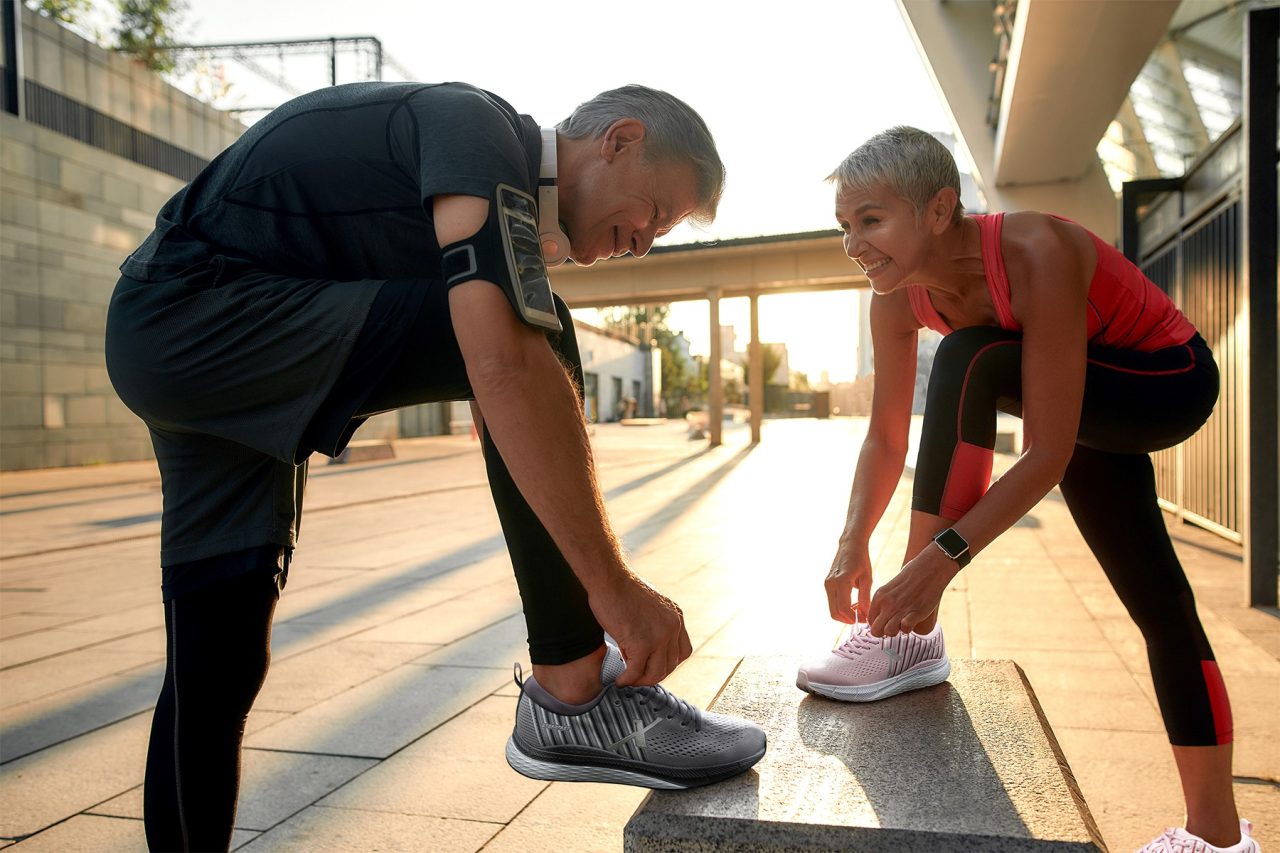If you’re an avid runner, then you know how many shoe options there are out there. This is a good thing, as each runner has their own unique style of running. This is also why it’s important to know what style of shoe is right for you and avoid any possible injury.
There are two terms that get tossed around when it comes to running, “overpronation” and “underpronation”. Knowing the difference can be beneficial when learning about how running stride affects equipment choice. In this blog, we’ll discuss the two terms, and how you can find a shoe that fits your style.
Pronation simply means how your foot naturally rolls when you walk or run. Overpronation is when your ankle rolls more inward than usual when you take a step. Typically, people who overpronate are more susceptible to strains in their big toe and second toe, as the inward rolling forces weight onto them. People who pronate may also be subject to shin splints as the foot is rotating more than usual. In some cases, people who overpronate may have flat feet.
Underpronation is also known as supination, and is quite literally the opposite of overpronation. Underpronation is when the foot is rolled outward when walking or running, and causes the little toes and outer edge of the foot to do the work. In some cases, people who underpronate may have high arches.
Knowing your body movement can be extremely helpful if you are an avid walker or runner. It will help you determine what shoe is right for you in regards to your stride.
There are a few ways to determine whether or not you overpronate or underpronate.
Check your shoes. If you have been walking or running for a while, check the wear pattern on your shoes. If there is a lot of wear on the inner side of the shoe, you probably overpronate. If you see more wear on the outer edge, it’s likely you underpronate.
Wet Feet Test. A good way to check your arches is by doing a wet foot test, simply wet the bottom of your feet and place them on a paper towel, or somewhere it will make an imprint. If your arch area is mostly filled, it’s likely you overpronate. If you can’t see an arch at all (it’s a blank space) you probably underpronate. It’s important to note that arch height doesn’t always correlate to overpronation or underpronation.
Keep in mind that pronation is a natural motion, and how your feet move falls on a spectrum. Overpronation or underpronation don’t necessarily affect your strength as a runner, but having shoes that are comfortable and work with your motion can help avoid future injuries. Xelero shoes are designed to help correct for pronation as well as supination. The supremacy of Xelero engineering actually comes from the design’s “Propulsion Element” which cradles the rear foot on both the Medial and Lateral sides.
Xelero shoes are designed to help correct for pronation as well as supination. The supremacy of Xelero engineering actually comes from the design’s “Propulsion Element” which cradles the rear foot on both the Medial and Lateral sides.
With Xelero motion control shoes, you will walk easier, and stay on your feet longer with less pain, whether that means helping you live a healthier and more active lifestyle, or getting you back training quicker while overcoming an injury.







By submitting you agree to sign up for marketing emails from Xelero Shoes. Offer applies to first-time sign-ups only.